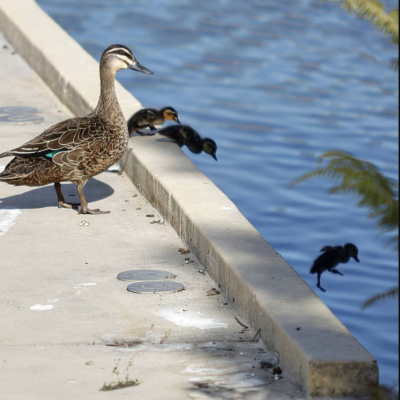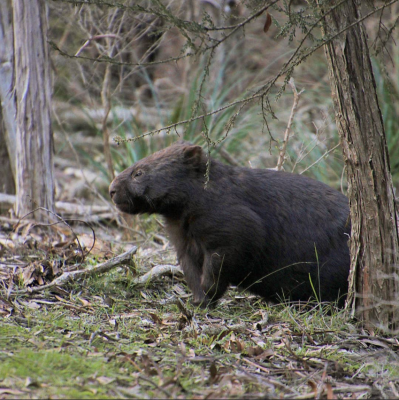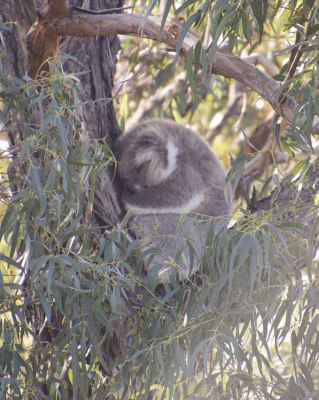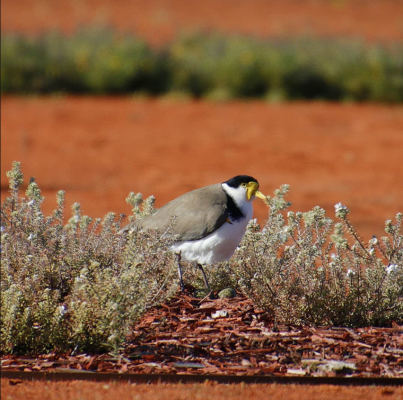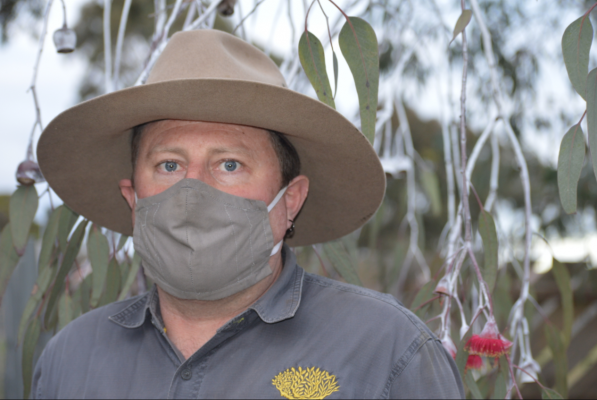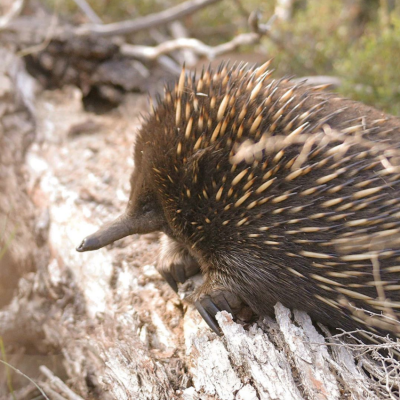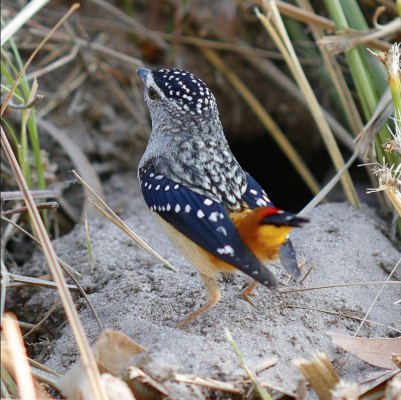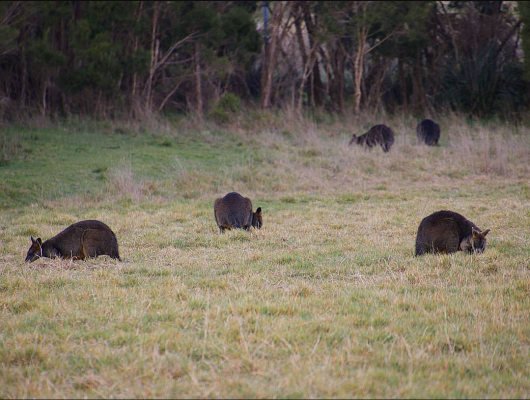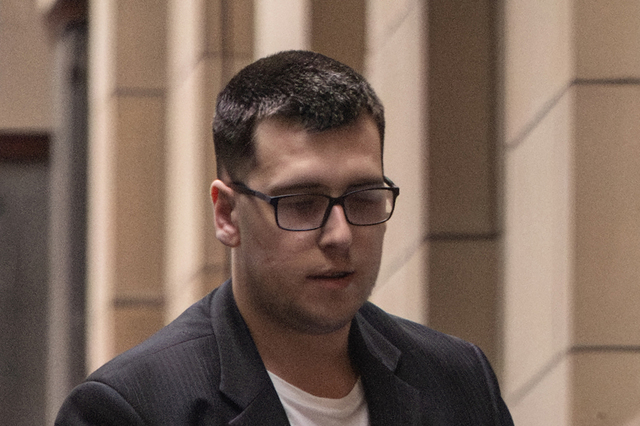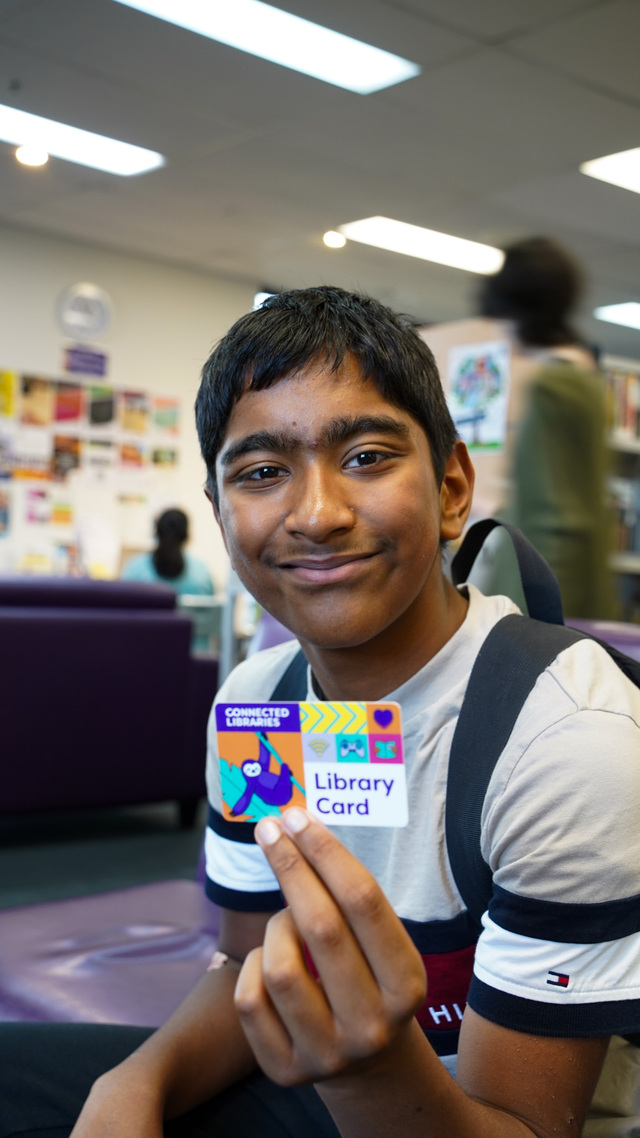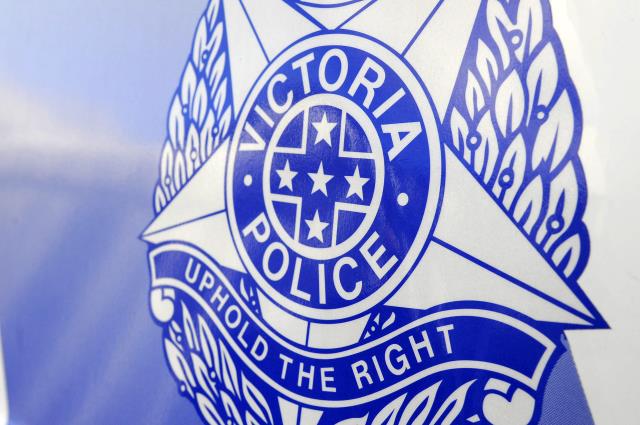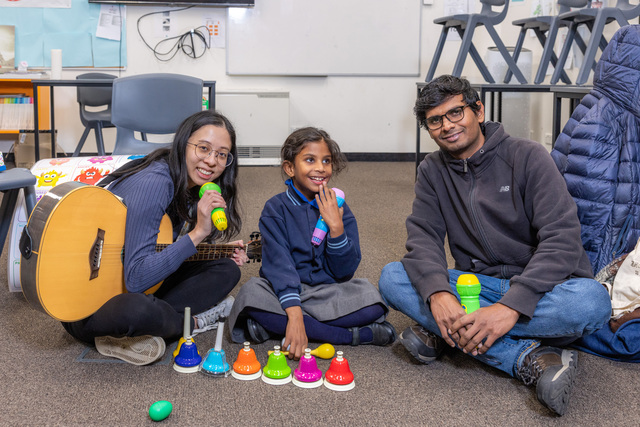Creatures big and small have been enjoying some quiet time at the Cranbourne Royal Botanic Gardens.
From spotted pardalotes, one of Australia’s smallest birds, to short-beaked echidnas and plenty of other species, conservation officer Ollie Sherlock has confirmed there’s a buzz of activity behind the scenes.
Staff have been delighted to enjoy rare sightings of common wombats, koalas, and southern brown bandicoots tentatively venturing out of their comfort zones, while black ducks and wood ducks have been building nests and incubating eggs.
Large flocks of yellow-tailed black cockatoos have been spotted tearing apart the timber on some of the older black wattles. They use their powerful beaks to tear apart the timber in search of wood-boring grubs, which are a favoured source of protein during the winter months when seed is less available.
“Without visitors around, they have been spotted low to the ground with the opportunity to observe them up nice and close,” Mr Sherlock said.
Masked lapwings, a large ground-dwelling bird, have also been observed with cute little chicks in the Australian Garden and Southern Grasslands.
“The birds can get quite stressed when they have young around … with the site closed they have had a much more relaxed time raising the young this year.”
One of the most exciting sightings, Mr Sherlock said, has been a lone male glossy black cockatoo – which is a “real rarity in this area” as it is listed as endangered at a federal level and vulnerable in Victoria.
“There is some speculation that this bird may have been displaced from either Kangaroo Island or East Gippsland by the catastrophic fires we had earlier in the year.”

